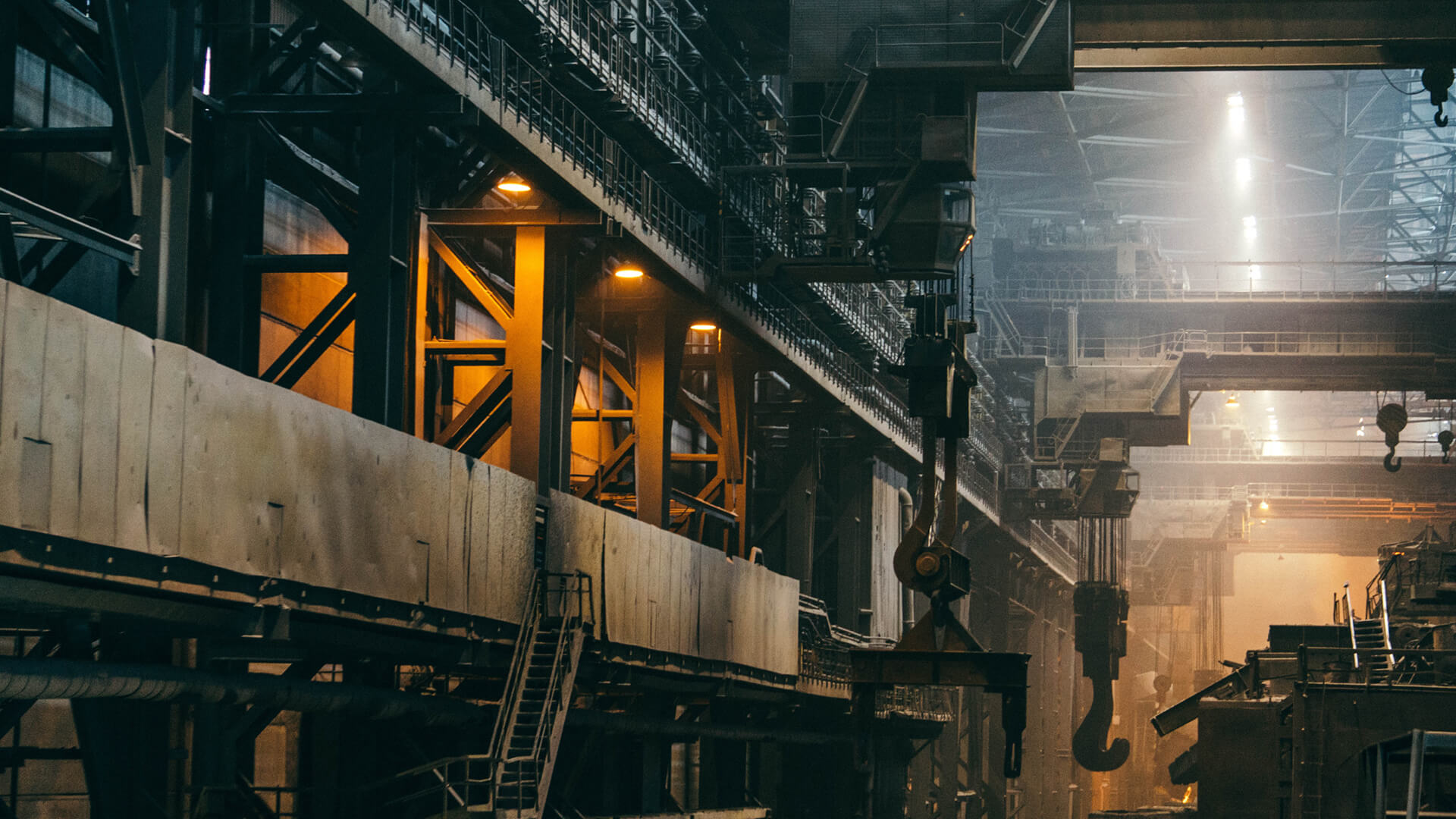I recorded this video before Trump took office for his second term. At the time, this video outlined the trajectory the US was on. We held off on releasing the video because…well, everything was going to be changing. So, here is a look at where we could have been. In the coming days, we’ll unpack where things are heading now.
Here at Zeihan on Geopolitics, our chosen charity partner is MedShare. They provide emergency medical services to communities in need, with a very heavy emphasis on locations facing acute crises. Medshare operates right in the thick of it, so we can be sure that every cent of our donation is not simply going directly to where help is needed most, but our donations serve as a force multiplier for a system already in existence.
For those who would like to donate directly to MedShare or to learn more about their efforts, you can click this link.
Transcript
Hey everybody. Peter Zeihan here, taking a question from the Ask Peter Forum on the Patreon page. And that is where is the United States or where do we stand in the re industrialization process that started a few years ago? Just a quick backgrounder. The Chinese population is plummeting. And we now have about the same number of people in China above age 50 as below.
And so we’re looking at an economic collapse over the course of sometime in the next decade. And so if the United States still wants manufacturing goods, we’re gonna have to get it from somewhere else. And the quickest, easiest, cheapest way to do that is to build out the industrial plant within North America. And to that end, we have seen industrial construction spending.
Think of that as the construction of factories, expand by a factor of ten over the last five years. So we are definitely hitting the ground running in a number of sectors. The two sectors that have seen the most activity are things that are energy adjacent. Taking advantage of the fact that the United States has the largest supply of high quality crude in the world and the largest supply of natural gas in the world, retooling our entire chemical sector to run off of, especially the natural gas.
And now using all of these intermediate products that we get from the processing of this for other things going into heavy manufacturing. So that’s a big part of the story that is moving very, very fast and is being moved almost exclusively by, domestic economic concerns without any push from any politicians anywhere in the system, because it’s just we have the most and the cheapest.
And so the next logical step is then to move up the value added scale. That’s proceeding just fine. Most of the stuff where the government has put its finger on the scale involves electron IX, and especially computing. Think of the Chips act and the IRA, which are designed to bring back the manufacture of things like semiconductors. Now, it’s not that I think that any of this is a bad idea.
I just think it’s kind of missing the primary need we’re going to have. There are 9000 manufacturing supply chain steps that go into the manufacture of a high end semiconductor. And the Fab facility, while important, is only one of the 9000. And there are any number of ways that the United States can build out the supply chains, in addition to the fabs that are a lot cheaper than the fab.
So I’m not saying no. I’m saying it’s really, really myopic, focusing on one very, very specific piece when you need all of them. If you’re looking for a recommendation, I would say the single biggest restriction on manufacturing in general is going to be processed materials. I know that doesn’t sound very sexy, but it really is a problem.
In the United States, we have steadily outsourced pretty much anything that is energy intensive and might have an environmental footprint that we don’t like. The Europeans have done the same to a lesser degree, the Japanese the same thing. And most of the stuff has gone to China. It’s not that China is better at it, a more efficient at it.
It’s just that the Chinese massively subsidize everything and their environmental regulations are significantly lower. So taking raw materials like bauxite and then turning them into an aluminum and then aluminum, the Chinese control roughly 60 to 70% of that market for something like gallium, which is a byproduct of aluminum processing, it’s closer to 90% for things like rare earths, it’s over 80%, for lithium.
It’s not that they have the lithium that comes from Australia and Chile, but they take the lithium concentrate in the lithium ore and they turn it into metal in China. And you can just go down product after product after product for the Chinese. Basically, if cornered, this market. Well, if the Chinese go the way that I’m anticipating all of that’s going away and we’re going to make our own, it’s luckily there’s nothing about these, material processing technologies that is difficult in most cases.
You’re talking about things that were developed over a century ago, and it would probably only take a couple of years and a few billion dollars to set up for each specific material that we need. So not hard, but something that is cheap and quick is not the same as saying that it is, free and overnight. Right.
And until we do the work, we haven’t done the work. And if China cracks before we do the work, then we have to figure out how to re industrialize without lithium or aluminum or cobalt or on and on and on and on and on. So this is something where I would expect state governments to take the lead, because it’s ultimately about an environmental regulation issue paired with the energy intensity that’s required.
And so most of this is probably going to end up going on in the Texas or Louisiana coastal regions, where those two things kind of come together right now nicely for the federal government to be part of the solution. But considering politics in the US, I think that’s a kind of a high bar. One other broad concern, no matter what the industry is, no matter what is reshoring, no matter what, we’re expanding automotive, aerospace, insulation.
You know, take your pick. All of it requires electricity. For the last 35 years, the United States has become a services only economy to a certain degree. We do manufacturing still, in terms of net value, we produce more in the manufacturing sector than we did 35 years ago. But everything else has gotten so much bigger. And while the AI push with data centers does require more electricity than what we’ve done before, as a rule, moving things, melting things, stamping things, building things requires more energy than sitting at a computer and typing.
And so we have, for the first time in 35 years, a need for a massive expansion in the electrical grid. We probably overall need to expand the grid by about half. And half and expand, generating by about half. And there are certain parts of the country like the Front Range, Arizona, Texas in the south, going up to roughly Richmond, that probably need to double their grid as soon as possible, because if you don’t have enough electricity, it’s really hard to have meaningful manufacturing.
The problem in the United States is we don’t have a grid. We’ve got one that’s basically from the middle of the Great Plains West, from the middle of the Great Plains East, and another one in Texas. But even that makes it sound like it’s more unified than it is, because almost all utilities are state mandated local monopolies. So they all have their turf, and all of them have to individually make a case for expanding their electricity production, because that cost ultimately has to be passed along to someone else.
One of the reasons why I’m so interested in things like small modular nuclear reactors is if you get the tech folks to pay for that, then all of a sudden you get the power and you don’t have to go through all the normal regulatory rigmarole because you have to, as electrical utility, prove to your regulator that, what you’re doing is in the best interests of your end consumers and until you have the manufacturing capacity, it’s hard to make the argument that you need electricity to make manufacturing capacity.
So it’s a very chicken and the egg thing. The easiest way to get around this would be for state and regional electrical authorities to loosen up the ability of one electrical mini grid to provide electricity to another. That would do two things for us. Number one, it would increase the amount of transmission we have within the system, allowing power to go from where it’s generated to where it’s needed.
And second, If you’re in a rural area that’s not likely to get, say, a major chip’s factory, you could still build a power plant and export it to an urban center that is likely to need a lot more electricity, and all of a sudden you can get someone else to pay for your electricity development in your own region.
So that is where I’d say the shortfall is. It’s a solvable one. It’s just one that we need to do as soon as possible. Because if we say, wait ten years and the Chinese are gone, then we have to do this all from scratch with less money, less labor, and everyone trying to do everything at the same time.
And if you think inflation was uncomfortable for the last three years, nothing compared to what that environment would be like. All right, that’s it for me. Take care.









